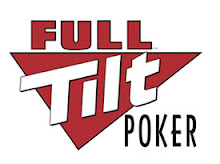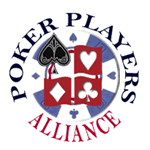 In poker, image matters.
In poker, image matters.Throughout a tournament, your table image will help determine how much action you'll get and, ultimately, how you can manipulate your opponents into making big calls or big laydowns at the wrong times.
While establishing a loose, aggressive image early on can help build your initial chip stack, I believe it's important to develop a tight table image in the later stages of a tournament because it gives you the ability to maneuver at the times when the chips matter most.
Why do they do this? Because you have been presenting a loose table image by raising any time the action is passed to you. During late-stage play, this image hampers your ability to maneuver because any time you try to make a move, it's likely that someone will play back at you.
I have one very simple piece of advice to help you with this part of your game. It may sound so simple you would wonder why I bother mentioning it but, in fact, this is one of my most important rules: Always fold junk.
By always folding junk hands, you accomplish a number of goals:
You resist the temptation to attempt a blind-steal just because action was passed to you. With the level of aggressiveness that characterizes today's play, it's better to pass on bad hands even in position.
Most importantly, you further cement your image as a tight player. Now when you raise with a hand like A-8, you can feel confident that your tight image will allow you to steal the blinds although you're actually playing a bit looser.
Another temptation players face is to pick on someone's blind just because they view that player as "weak." I rarely pick on someone's blinds without a decent opening hand. Opening from the cut-off with a hand like K-9 suited is about as low as I'm willing to go in attempt to just pick up the blinds.
Remember, it takes more than good cards to be a winning player. By creating a solid table image in the late stages of a tournament, you may actually be able to play a wider variety of hands than your opponents expect and take down key pots at critical times.










